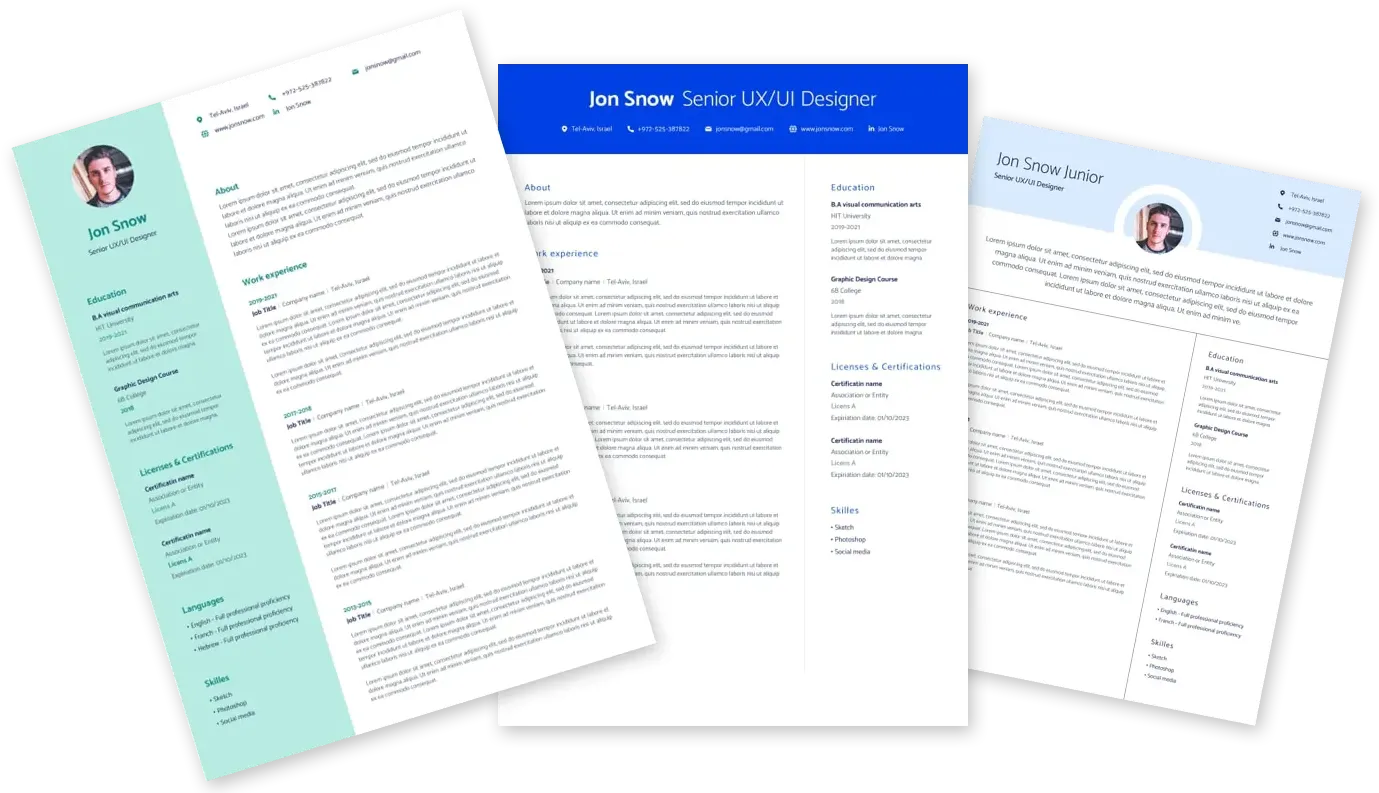

Nvidia Senior VLSI CAD Engineer Timing Methodology United States, California 68123819
Share
- US, CA, Santa Clara
- time type
- Full time
- posted on
- Posted 30+ Days Ago
- job requisition id
What you’ll be doing:
Develop robust flows in Python linking PrimeTime, Innovus/ICC2, SeaHawk, and other EDA tools with internal optimization tools for timing, power, and IR drop
Work with designers to craft strategies for unusual timing problems that arise in multivoltage paths, pad rings, replicated hierarchy, latch loops, clock domain crossing, etc.
Deploy graph-based databases suitable for LLMs and other AI-based flow tools
Help navigate the transition from Perl/TCL/Make based flows to Python.
Guide new designers to efficiently use tools and help lead future tool development.
As with any software engineering team, we do write a lot of code, but this is broader than a typical CAD or EDA role. Instead, we as a team own the whole process from discovery and invention of new optimization opportunities, to developing solutions and working directly inside design teams to facilitate deployment.
What we need to see:
BS or MS in Electrical Engineering (or equivalent experience)
6+ years experience in VLSI timing closure with some mix of both CAD and design experience.
Advanced experience in timing closure, including significant experience with PrimeTime
Fluency in Python
Familiarity with Perl, TCL, and Make
Experience in using AI-coding assistants such as Cursor
Strong communication and interpersonal skills
Ways to stand out from the crowd:
Experience with graph databases, especially in use as knowledge graphs for LLMs or GNNs.
Familiarity with algorithms used for timing, power, and IR drop optimization
Experience with place & route tools, such as Innovus or ICC2
Fluency in C++
You will also be eligible for equity and .
These jobs might be a good fit
